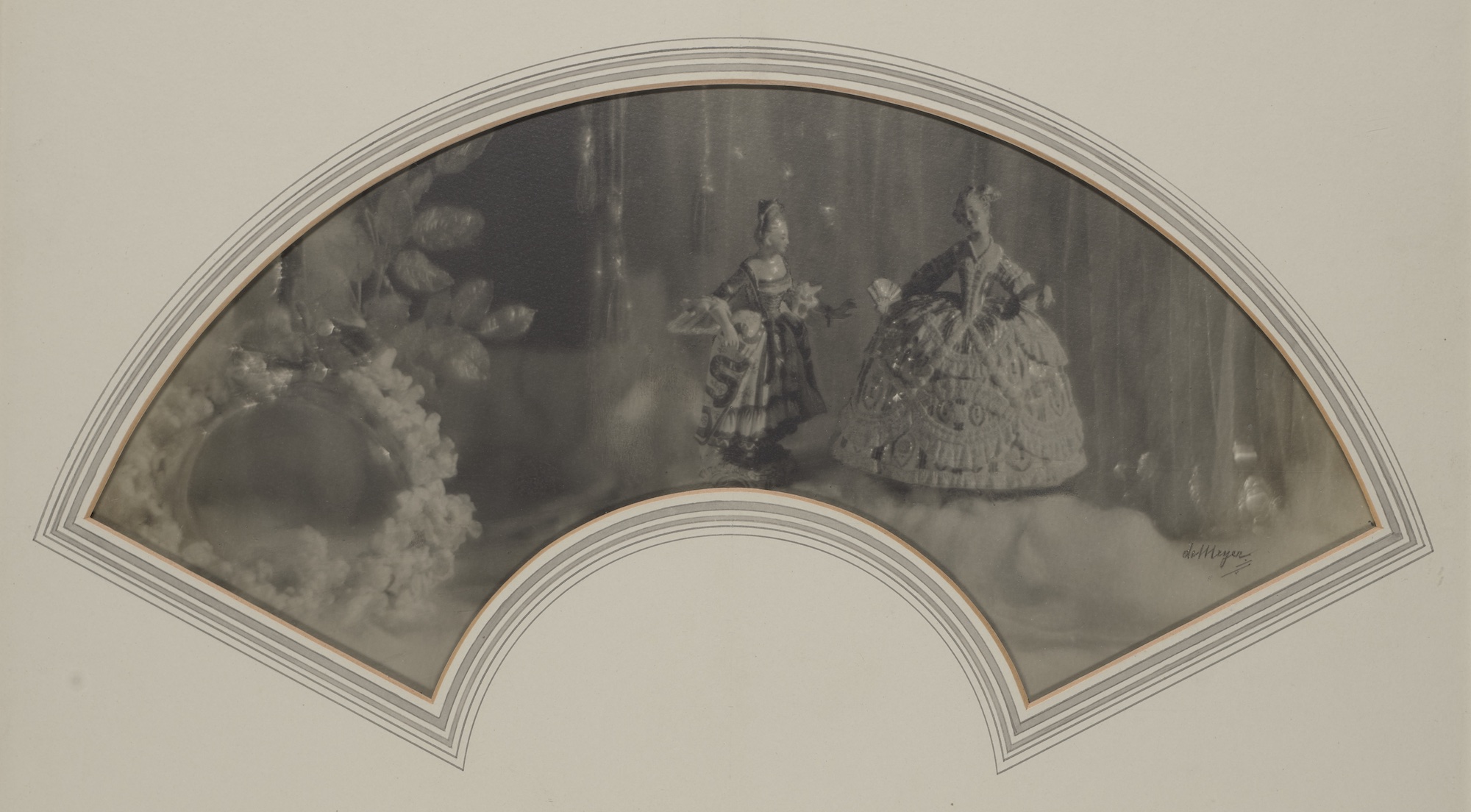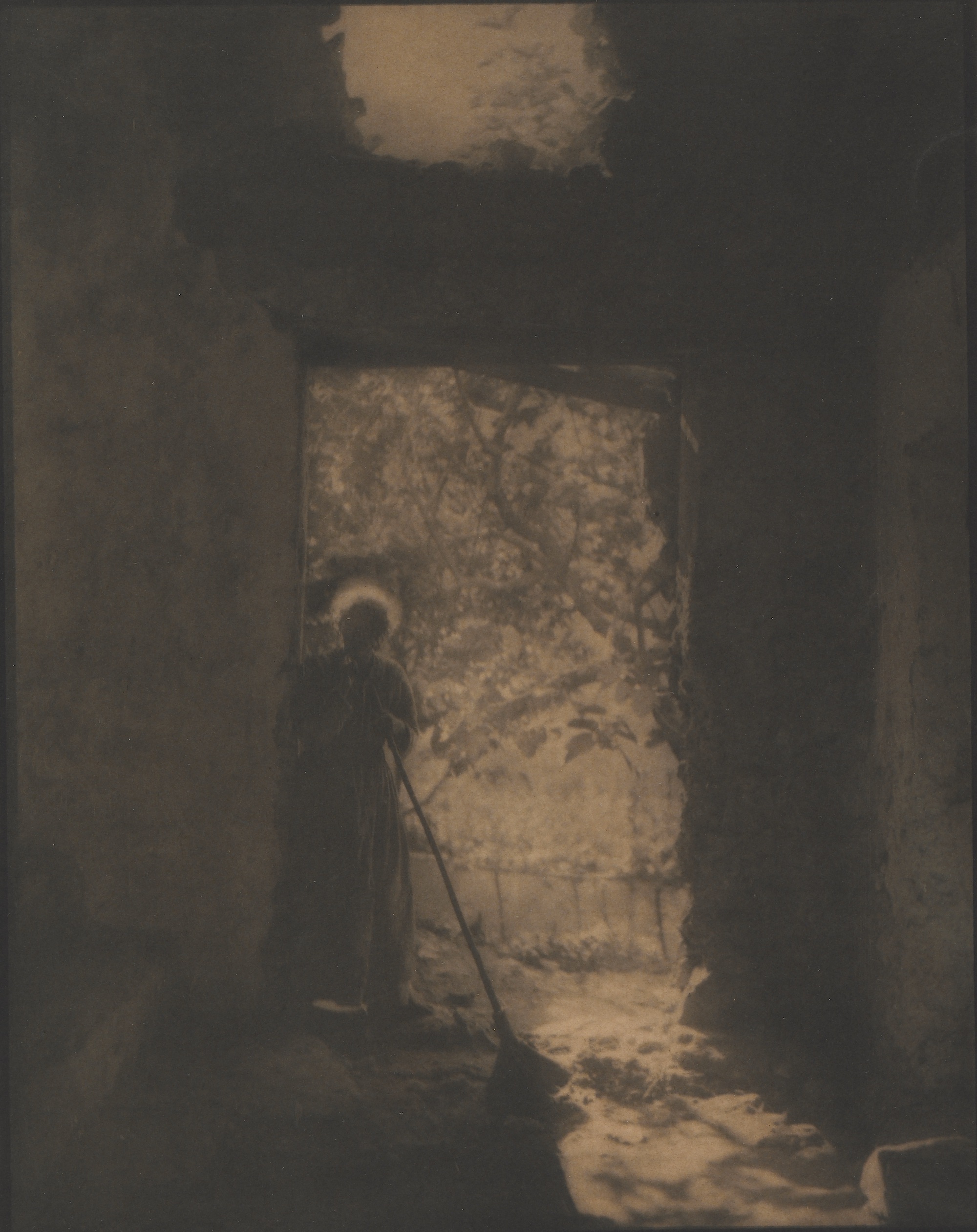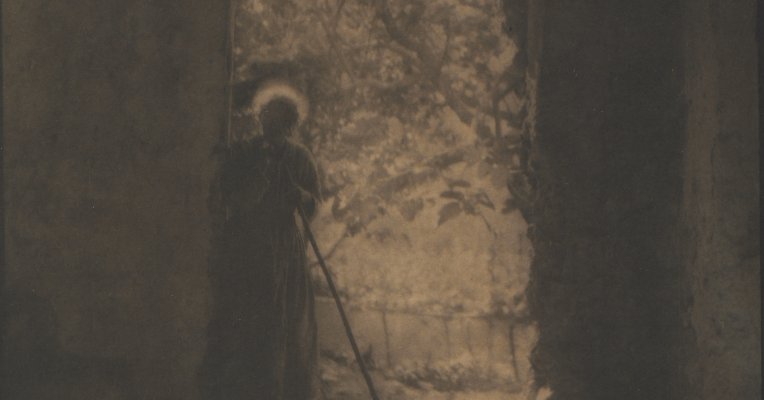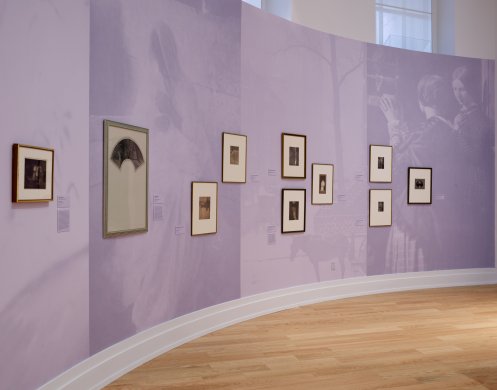In 1910, what was then the Albright Art Gallery broke ground in the art world with its International Exhibition of Pictorial Photography. The exhibition was organized by the Photo-Secession a group dedicated to elevating the new medium of photography to the level of a fine art. Now on view, Through a Modernist Lens: Buffalo and the Photo-Secession pays homage to this milestone event in the life of photography with many of those original works on view.
Buffalo today is in the middle of photographic renaissance, led by a cohort of young photographers whose work has been featured in major news publications like the The New York Times and the The Wall Street Journal, trade journals like Architectural Digest, and in art spaces all around the region. Joshua Thermidor is a major contributor to the energy of the moment. Born in Ohio and raised in Buffalo, the Afro-Latin American Thermidor has been making a name for himself as a photographer and writer, recently enrolling in the renowned Iowa Writers Workshop. We wondered what the photography of 1910 would say to a photographer of the twenty-first century.
Thermidor offered this poetic rumination on what the artform asks and what it takes.
"Humankind lingers unregenerately in Plato's cave, still reveling, its age‑old habit, in mere images of the truth."
—Susan Sontag.
Frame One:
When people ask, where's your camera, I say home because I know of that which does not desire to be witnessed & because witnessing alone frees nothing & because Empathy will not end / Genocide & because I have steadily aimed a barrel at grief enough times & so many homeless are housed in photos just so we can feel something and call it empathy & because empathy maintains that appreciation depends on the viewer's ability to project their personality into the viewed object & because & because & because we are not objects & everyone responsible for a horrible thing has seen a photograph & so in Wes Anderson's Asteroid City, war photographer Augie Steenbeck has a camera strapped around his neck & his wife has recently died & he has just told his four children & so we’re grieving & so moments later he aims at Midge Campbell while she eats a waffle & I wonder if he actually sees her & she is with her daughter & she's an actress so she’s used to having her photo taken, right & click & the shutter ricochets through the diner & she asks why he's taken a photo of her & I'm a photographer & You didn't ask permission & I never ask permission & because I work in trenches, battlefields, and combat zones & despite the atom bomb's freshly dissipating cloud in the distance the diner is none of those & it is far more important to know how you are seeing than what you are seeing & so much is projected from behind the camera that we must be conscious of & I too have called that projection truth & even the combat lens on Augie’s Kiev 4M does not help him against the grief he's actually fighting & he tells her that if the photo is any good he'll sell it & she says I don't say I forgive you. Later, he develops her photograph. He watches her. She is practicing lines. She asks: Was I ever there? Did you actually see me?
I don't think he ever found his wife in those photographs of her.
So why
should I be
taking a picture
of you?

Frame Two:
Having constant access to an image-making device is convenient, but the operational readiness that develops from this practice can be detrimental to how we see. Cameras don't make things beautiful; they don't make things at all. They're simply extensions of our fixations, magnifiers of our desires, pointed at things we find beautiful. The result: a photograph.
Nineteen years after the completion of the Transcontinental Railway, while the nation is zooming into the aperture of the great American West, the amateur camera arrives as the American public is preoccupied with capture. So, while Through A Modernist Lens reimagines the passionate labor of The Photo-Secession, which culminated in the 1910 Albright Art Gallery exhibition International Exhibition of Pictorial Photography, it also recontextualizes how the nation was seeing twenty-two years after photography's introduction. With Stieglitz as spokesman, the Photo-Secessionists established their interest in photography as a medium independent of discourse, which had made the art world insufferable through “ignorance” and “narrowness.” In fact, in an early letter to the Albright in February of 1909, Steiglitz gripes at the Secession’s naming in the gallery’s earliest promotions of the exhibition. He states they “...were desirous of avoiding all those petty politics which have made the photographic world so impossible and which were the direct cause of the Secession.”
Stieglitz’s letter communicates a desire to obfuscate artistic discourse, a desire made manifest through the collective's central praxis: be indifferent to the subject; everything is raw material to be changed, both people and the landscapes that contain them. Self-affirmed champions of the medium and seekers of its creative capabilities, they philosophized that the photograph wasn't important for what it contained but for how it could be altered. By extension, they were proposing that it didn’t matter who made the photographs so long as they were idols unto themselves.
In the Hemicycle Gallery of the AKG, these works appear like revelations: various nobility of their native Scotland populate the portraits of Hill & Adamson; Subtle light spills upon the Palace of Versaille’s unassuming staircase in Steichen’s Nocturne; Beyond the sharp mast in the Spanish port of Alvin Langdon Coburn's Cadiz, a ship sits out upon the reflective water, obscured only by the haze of near-focus; Gertrude Käsebier's portrait of Charlotte S. Albright finds her staring into the deep of a glass orb; each photo by Albright, an illustration of that abysmal gaze, her vertical landscapes a never-ending frontier before our eyes.
Panning the gallery, it's not long before we reach Alfred de Meyer's unfitting Dresden China Fan. Though not an American, de Meyer’s approach to crafting this work appeals to the consumption evident in the American zeitgeist at the time. After several travels to Asia, he returns inspired. The fan shape, "borrowed" from the cultures of China and Japan, is stripped of any quality that could define it as such. Its land is gouged and excavated, its innards removed. Hollowed, it acquiesces to the occupation performed by the delicately fabricated porcelain German figurines within it. Elevated above us, against stark white, de Meyer’s work gestures toward the beliefs of the Photo-Secession and the nation: be indifferent to the subject; everything is raw material. It is the only work of its kind in the collection, yet it speaks much to the conceits of the era. It is an idol unto itself at the expense of all else.
Frame Three:
Photography is nearly always thievery; that much has been decided. We load, aim, shoot, capture, take, and advance. This is the language of a medium always on the brink of empire. Our mode of witness dictates whether this thievery is in service of our consumption or our world. When the Eastman Kodak Company distributed the camera in 1888, as long as one could purchase the device (and its tripod), the film (and its processing), and travel somewhere the black box had not yet gone, one could be considered a photographer. Though seemingly democratic, the medium found itself dispossessed of any legitimate equity in the hands of itinerant aristocrats, ravenously insistent on possession. Now, we are all ravenous.
Today, with the amateur camera in everyone's pocket, photography sits idly at the intersection of the physical and digital experience. The image is at the center of our concern, and it is always ours, not for what it contains but for what it might afford us. With every click of the shutter, we collect digital capital. Photographs have been reduced to stimuli for interaction, to be liked, reposted, and commented on. That is if they even are photographs.
Under the spur of AI, mutability has reemerged as a metric of beauty while our gaze rapidly deteriorates. We manufacture new worlds as a simple party trick to replace the only one we have—one we refuse to be beholden to. We have become a people enamored with conquest yet ignorant of the world.
With no new lands left to conquer, might we relinquish a gaze of possession?
Might we see one another as collaborators instead of subjects?
We are, as Susan Sontag proposes, “lingering unregenerately…” in the shrouded corridor of Albright’s Sweeper in Doorway, gazing at simple shadows, “...still reveling…in mere images of the truth.” We need only step out into the bright world. Not so that it might be held, and thus kept, but so that we may be beholden to it and entrusted with its witness.
Perhaps our eyes might learn to steal the world so as to give it back.


Joshua Thermidor is a Haitian-American writer and photographer from Buffalo, New York. Since becoming a professional in 2020,
his photos have appeared in The New York Times Magazine, Time Magazine, The Washington Post, NBC News, and elsewhere.
Currently based in the Midwest, he is an MFA Candidate at The Iowa Writers Workshop.
To see and read more of Thermidor's work visit his website.


